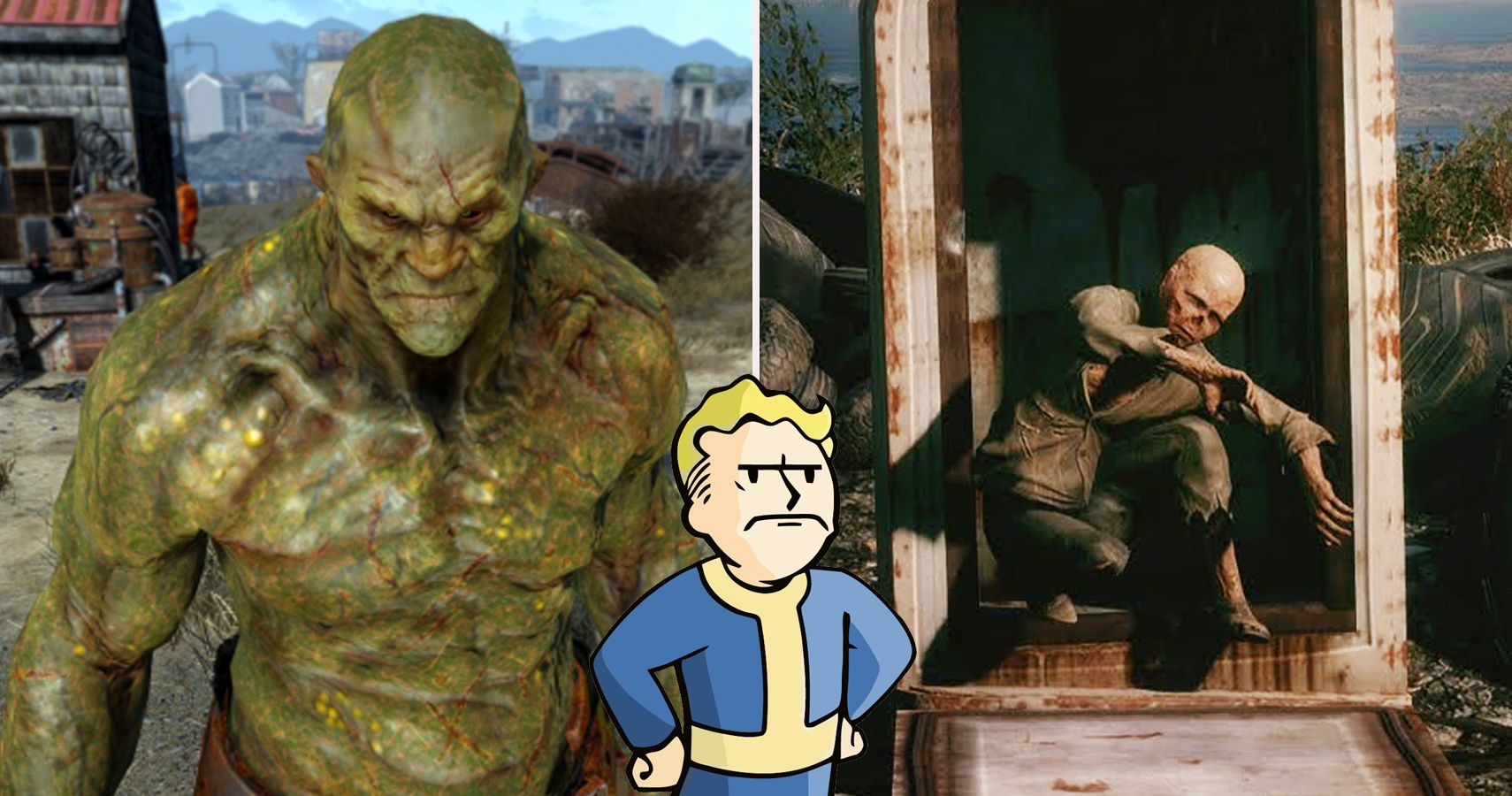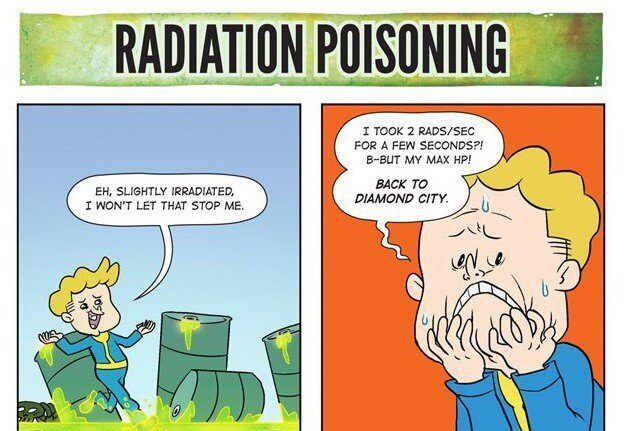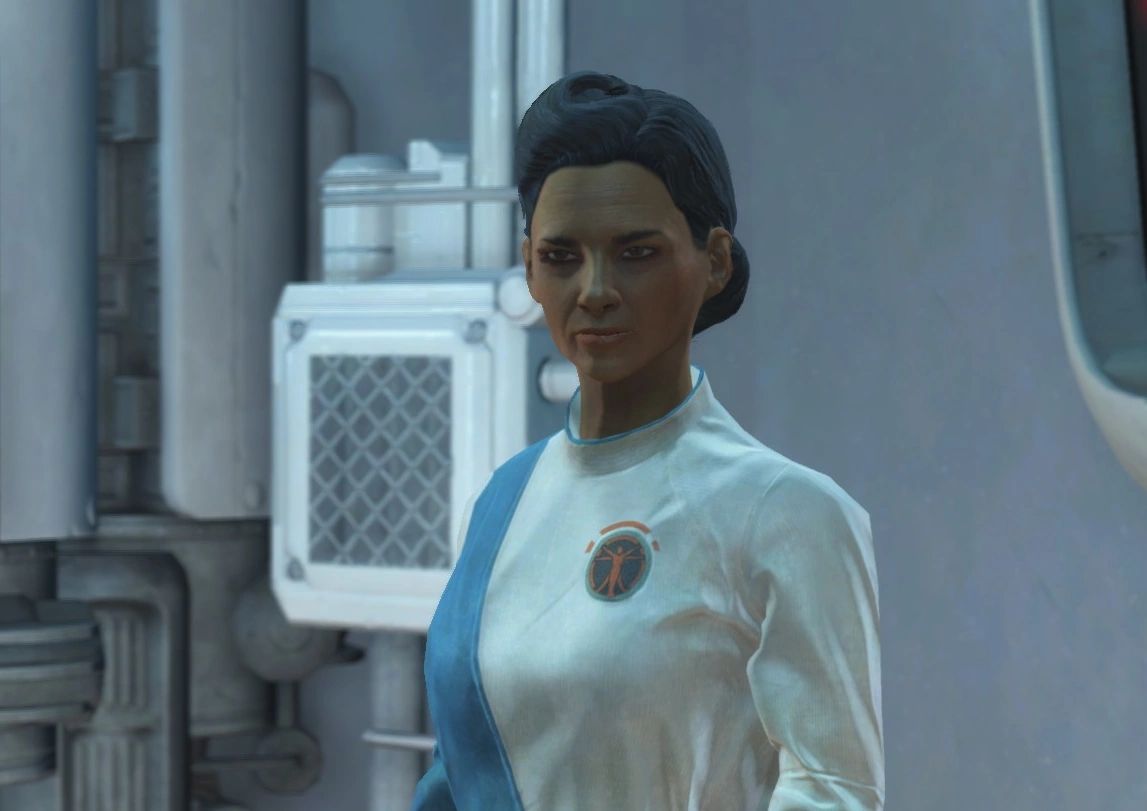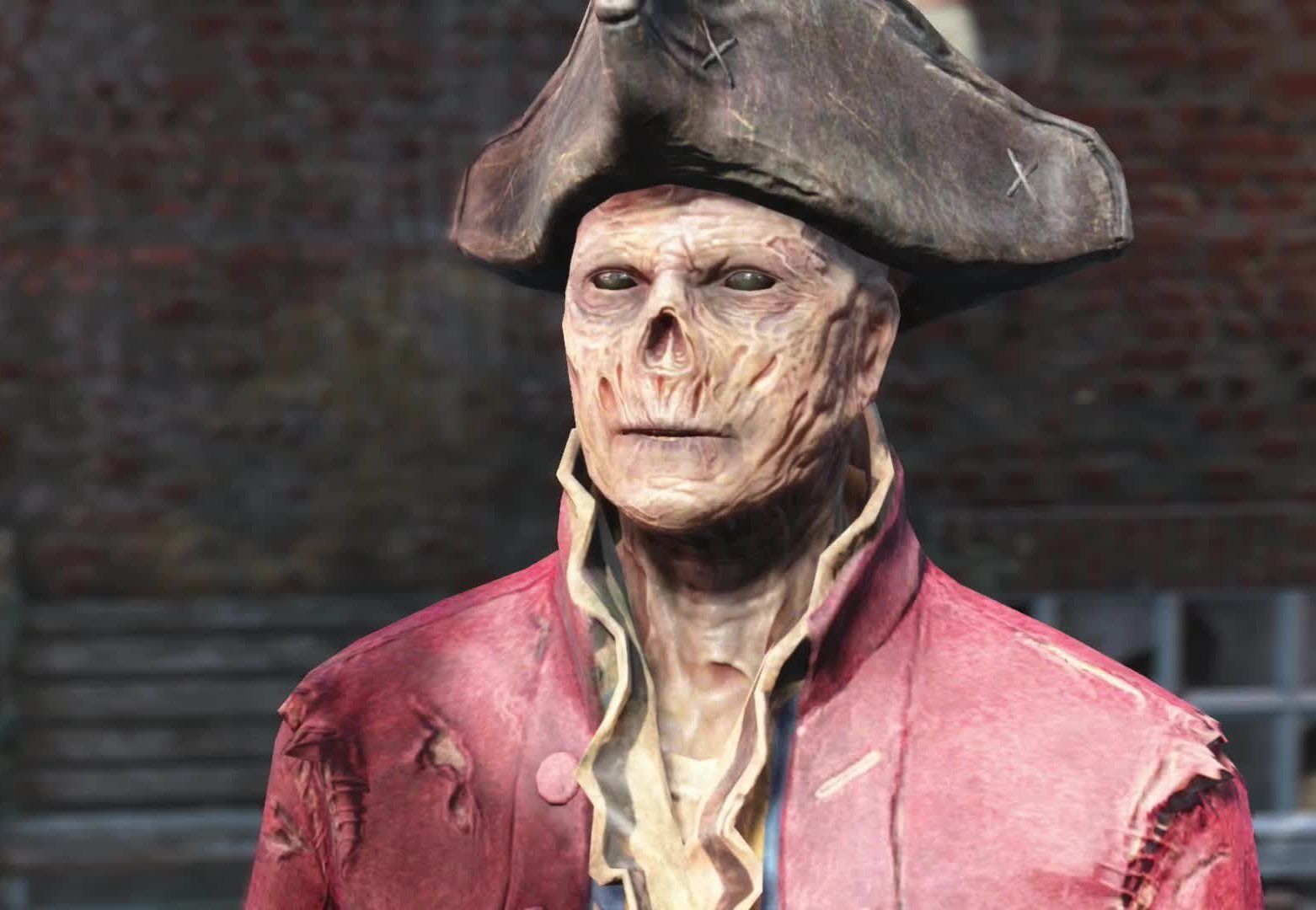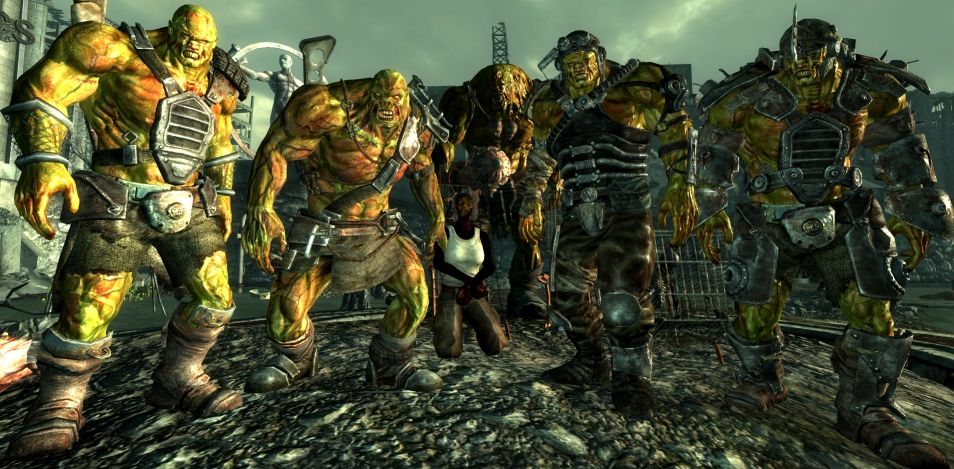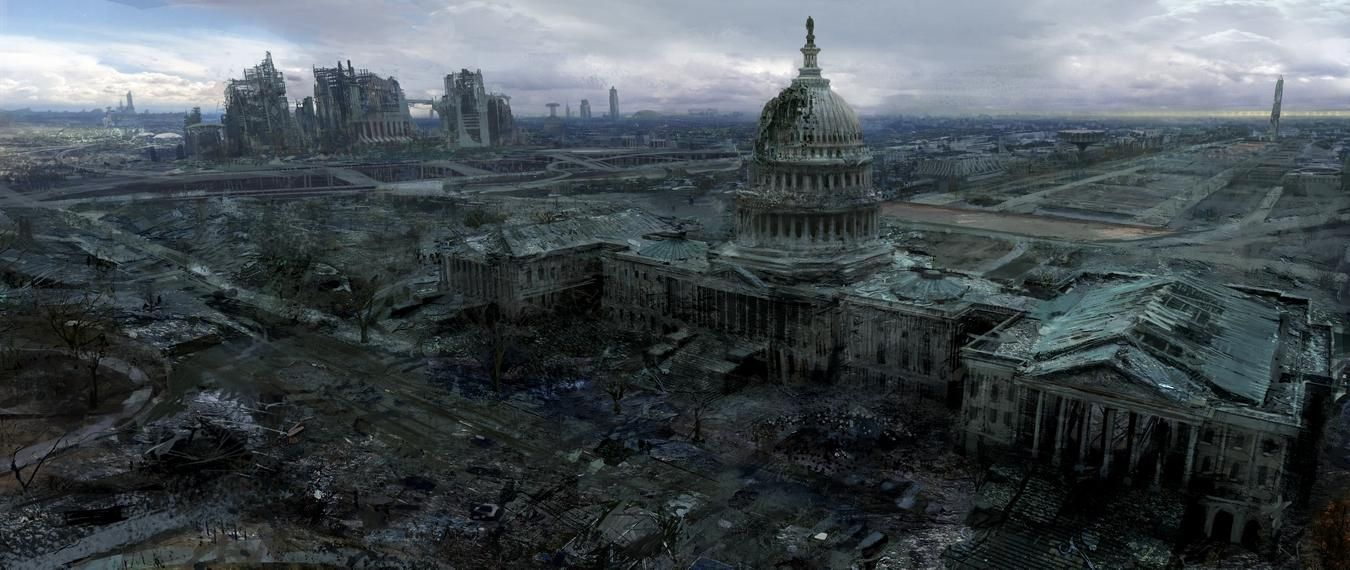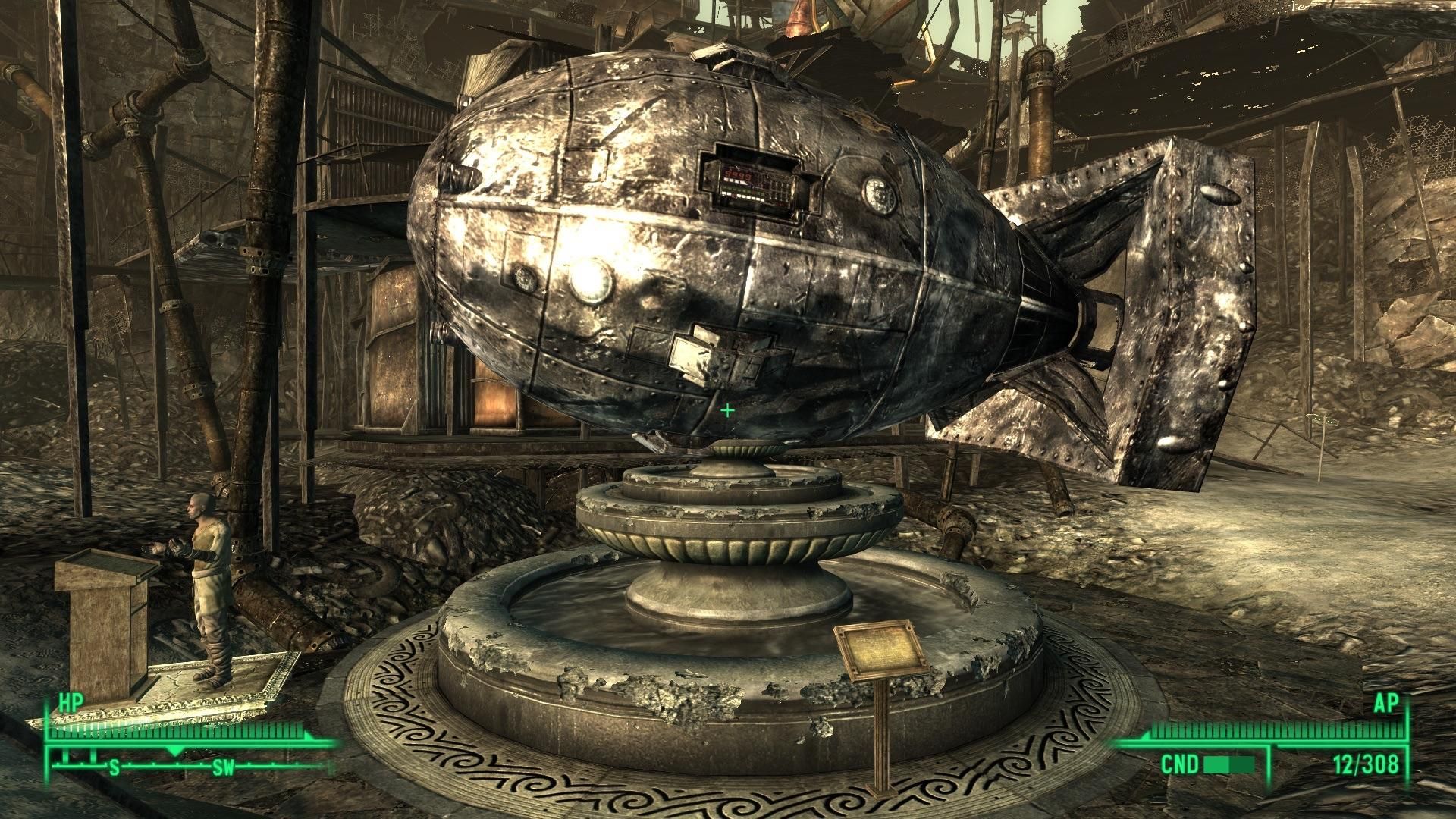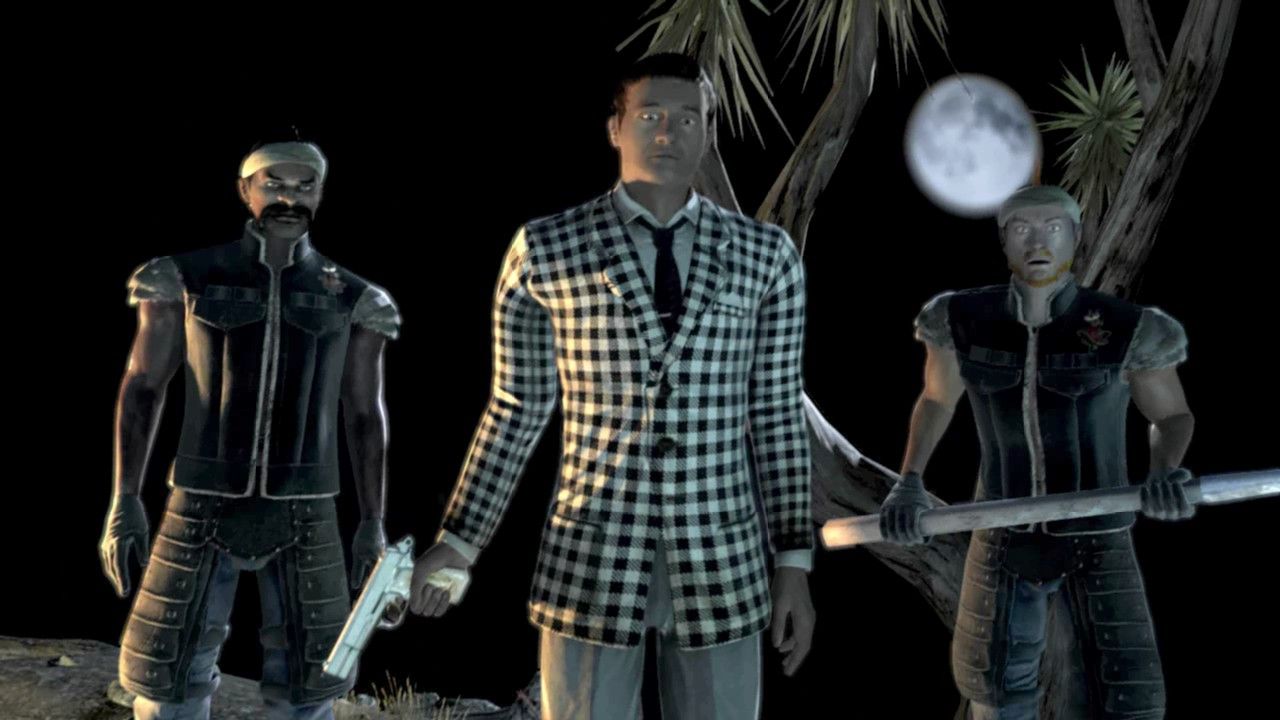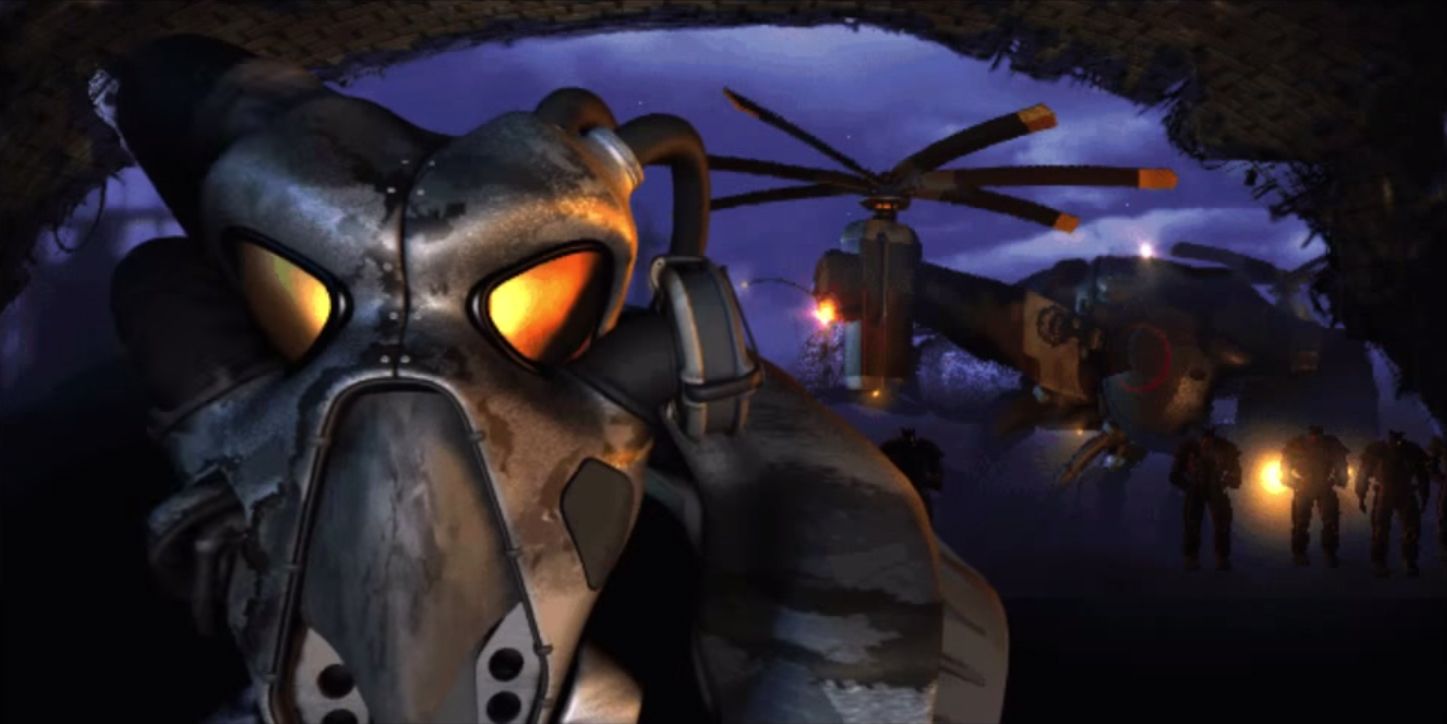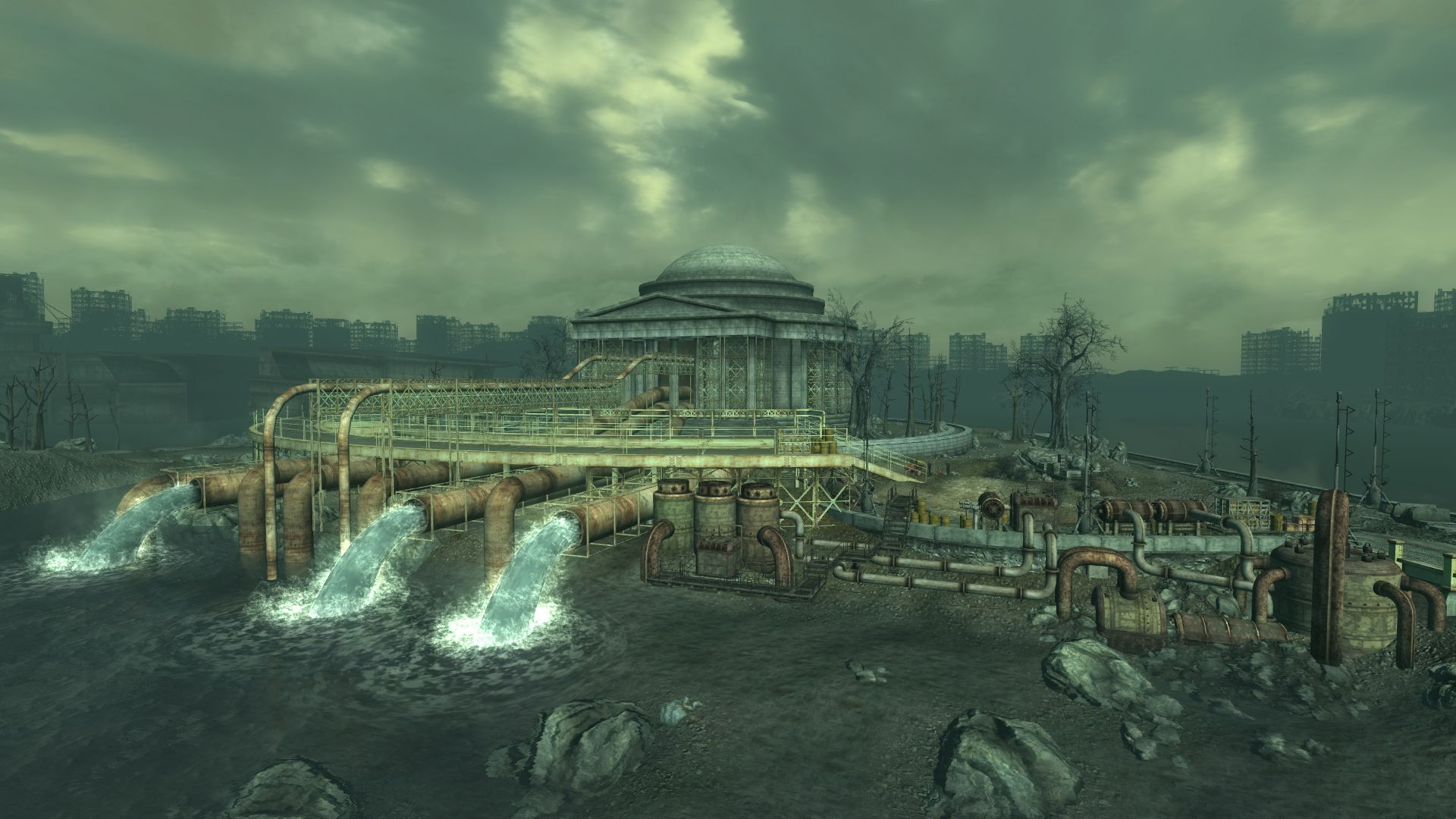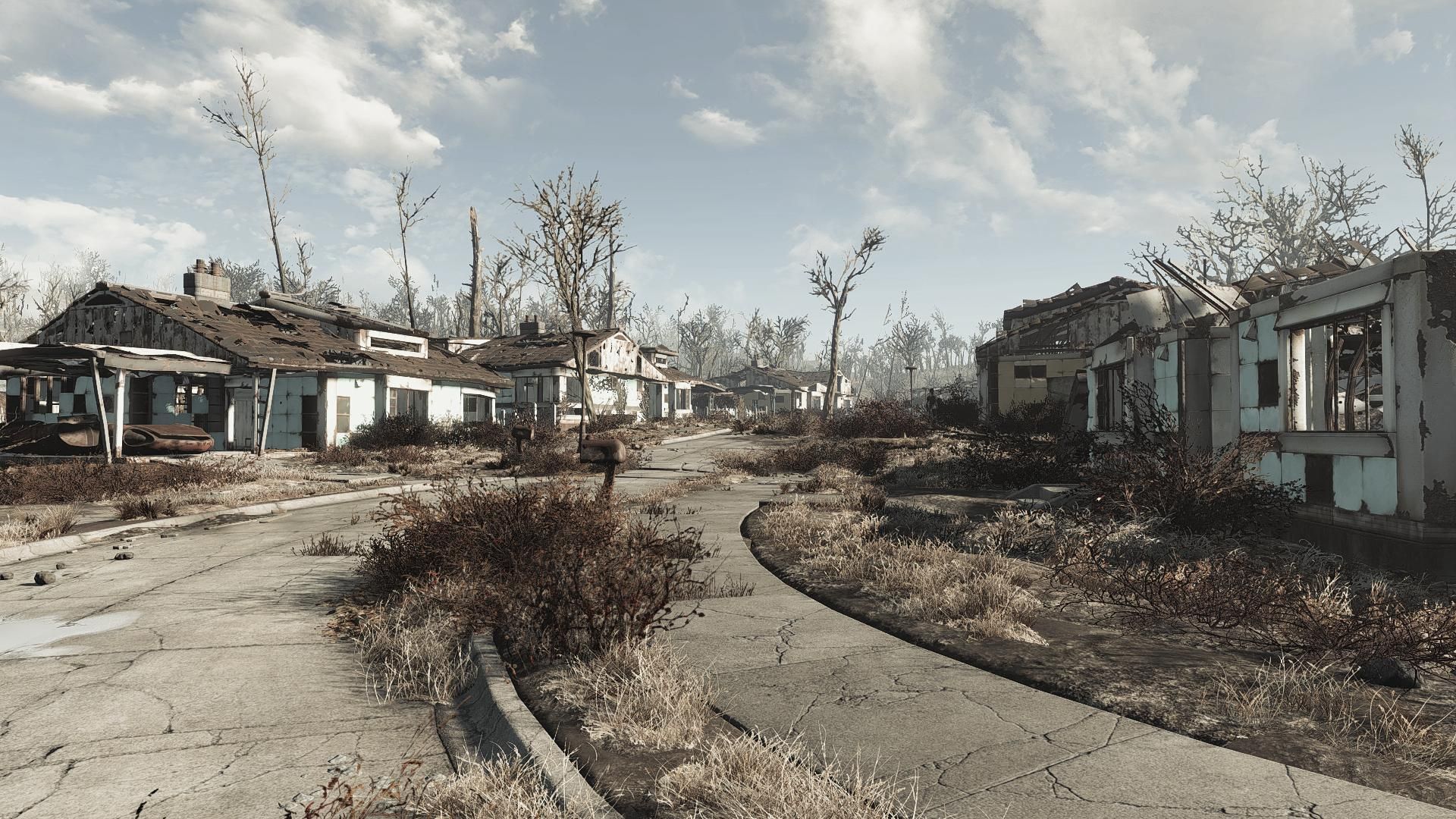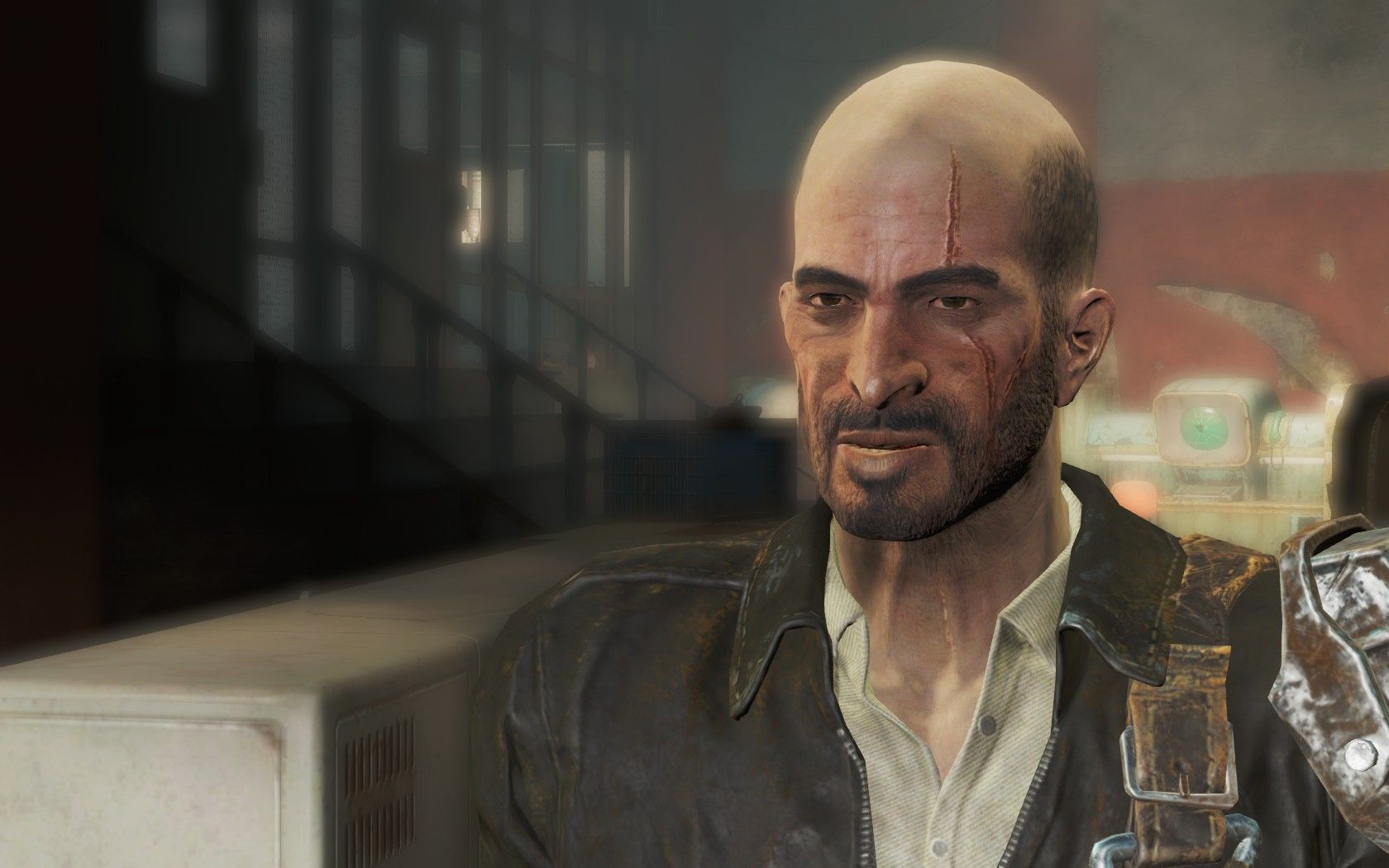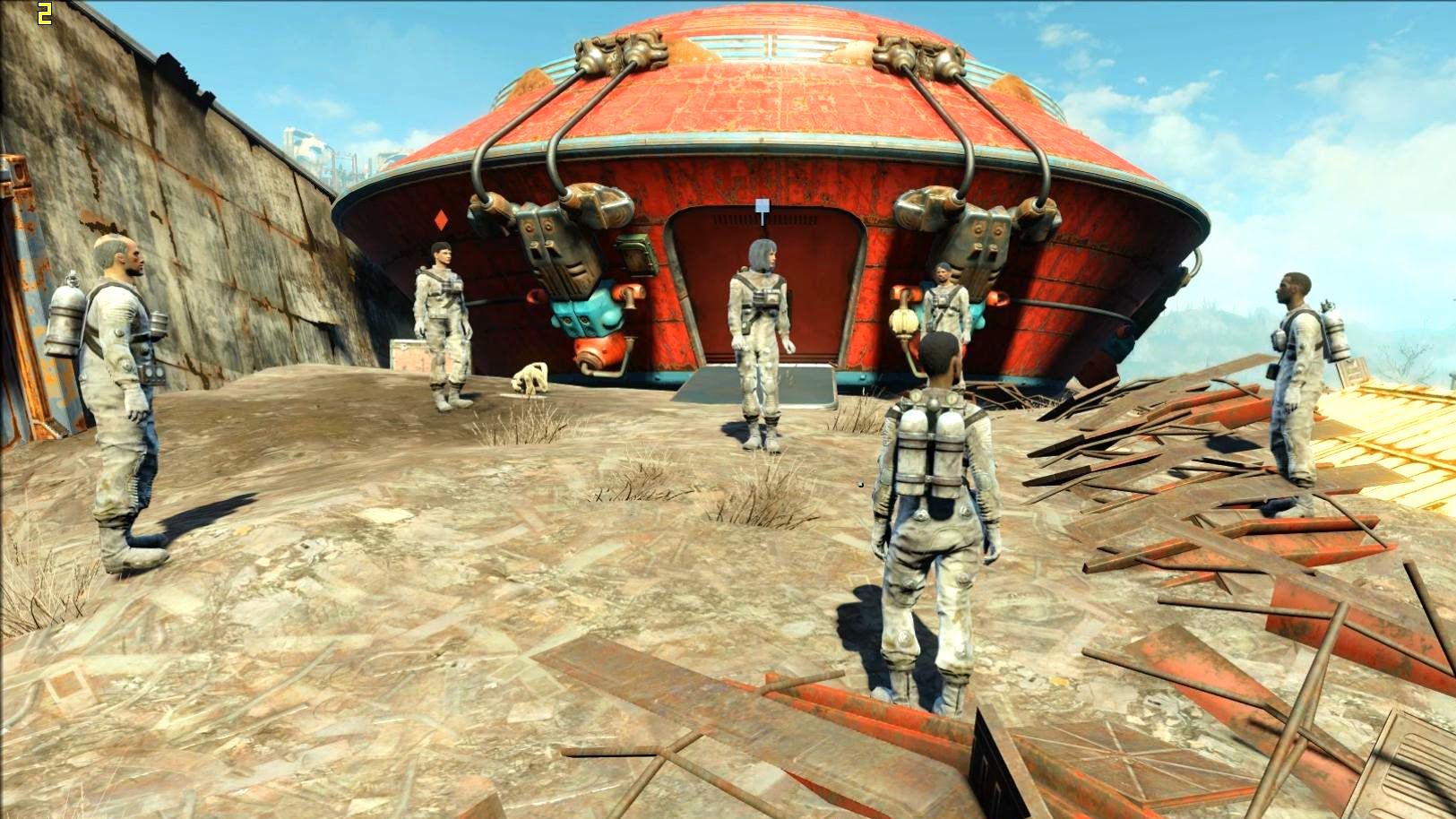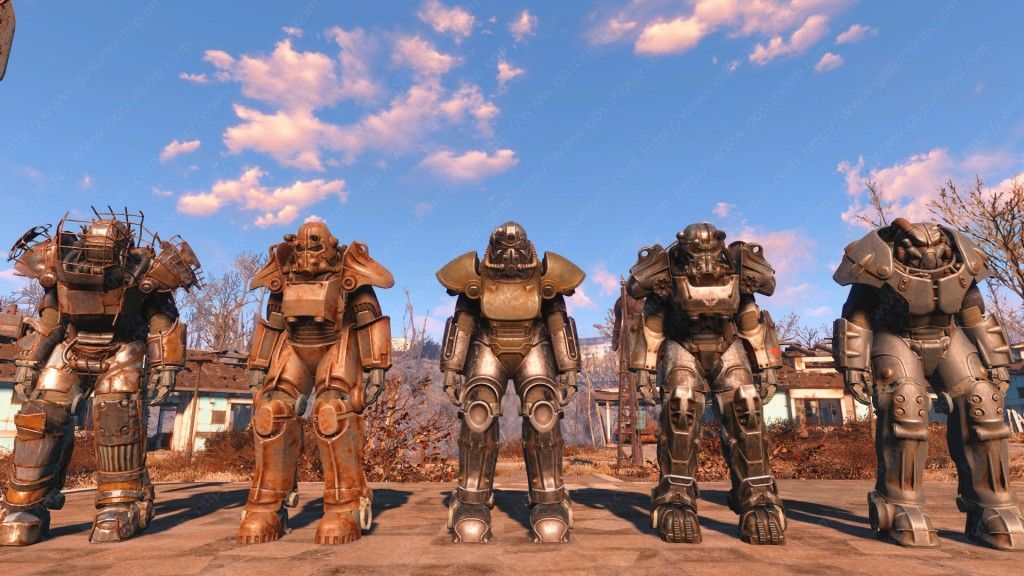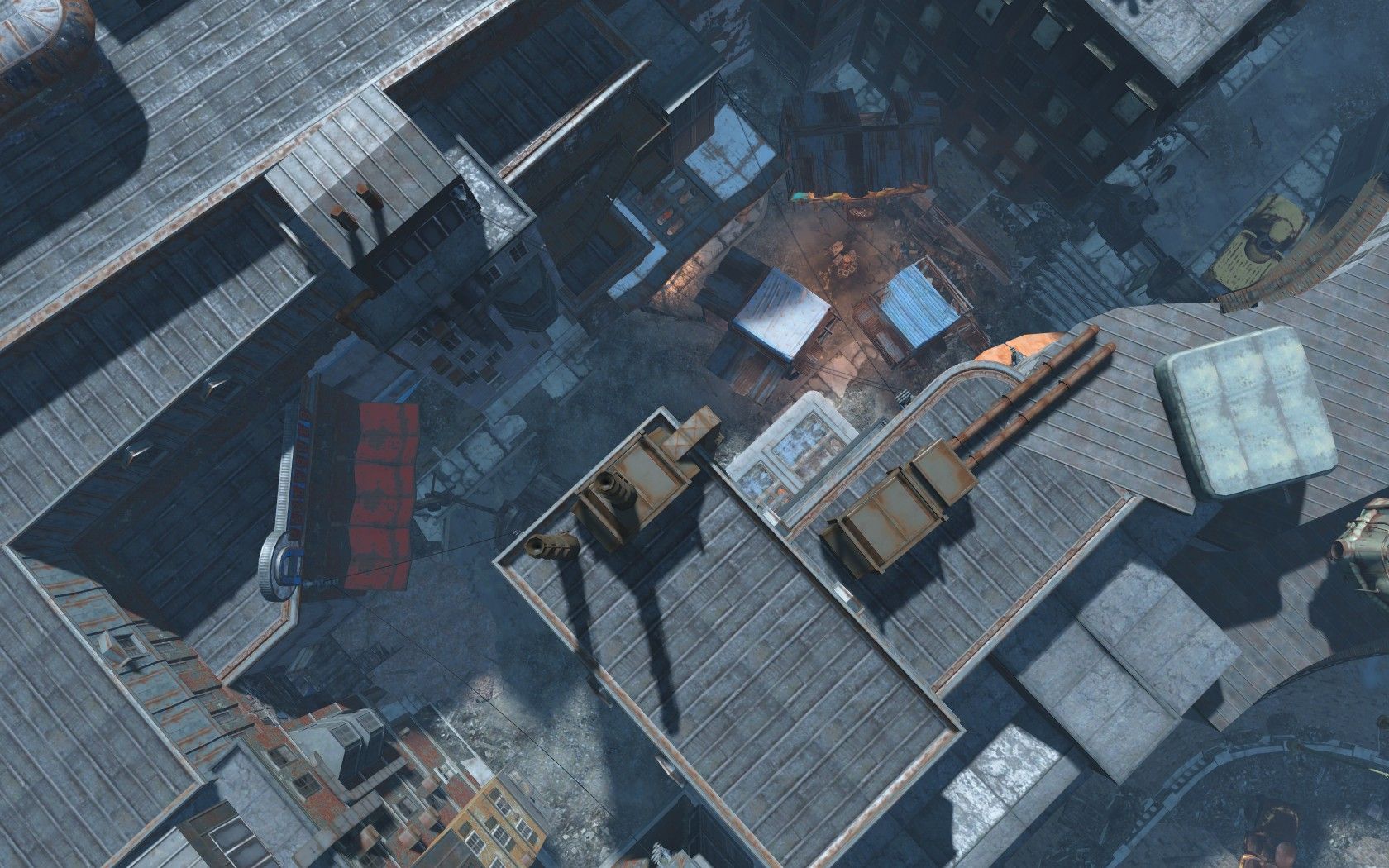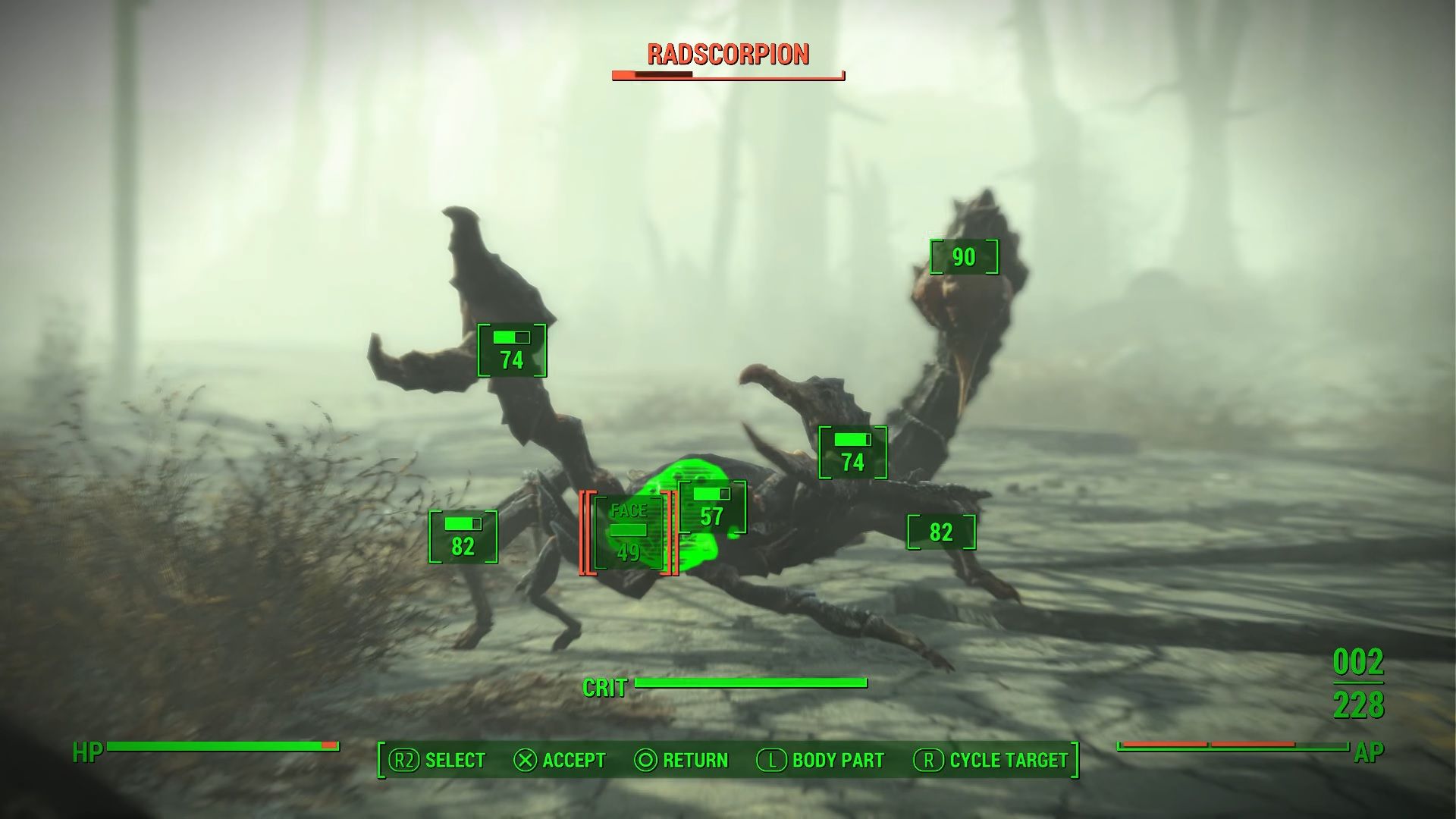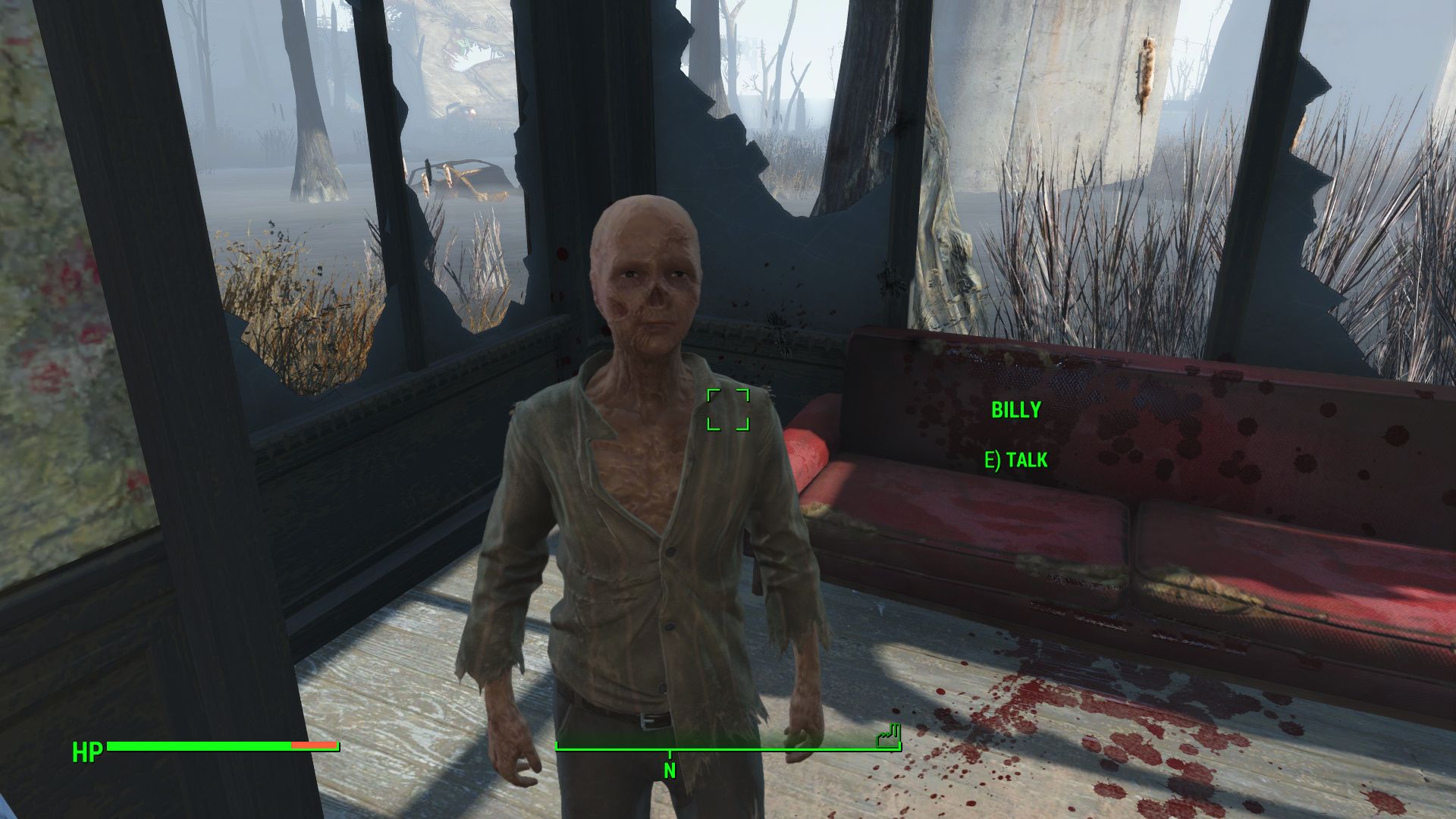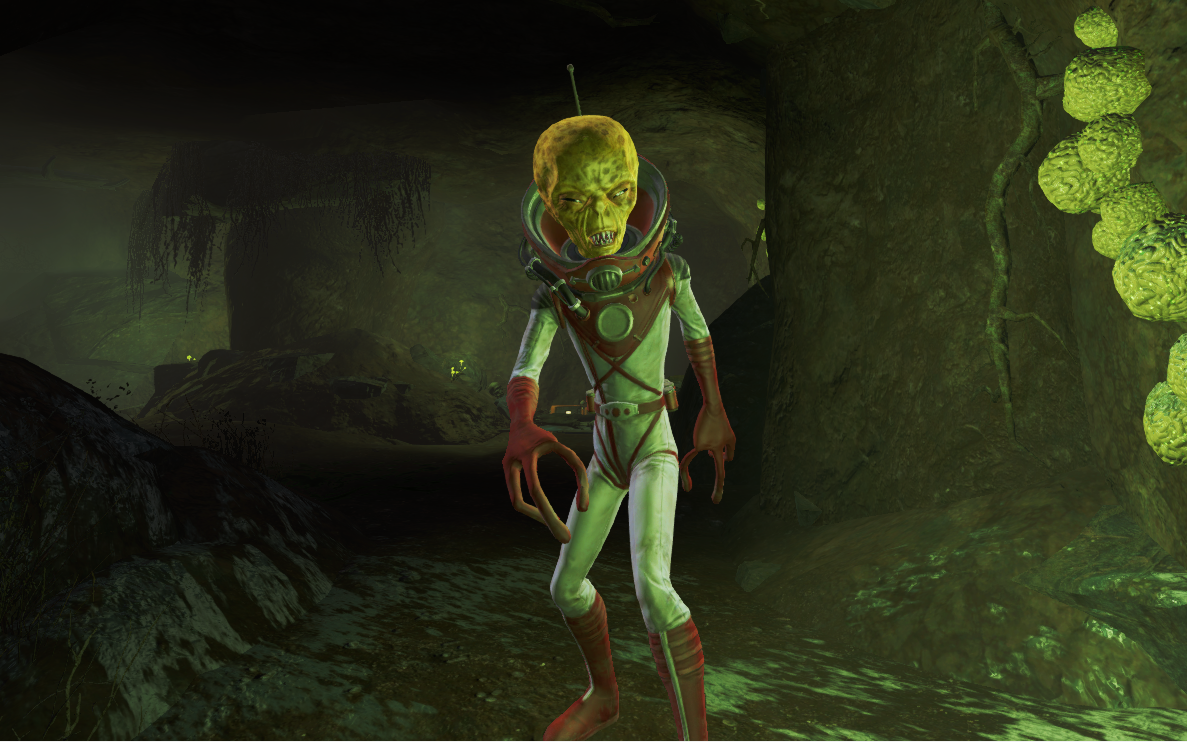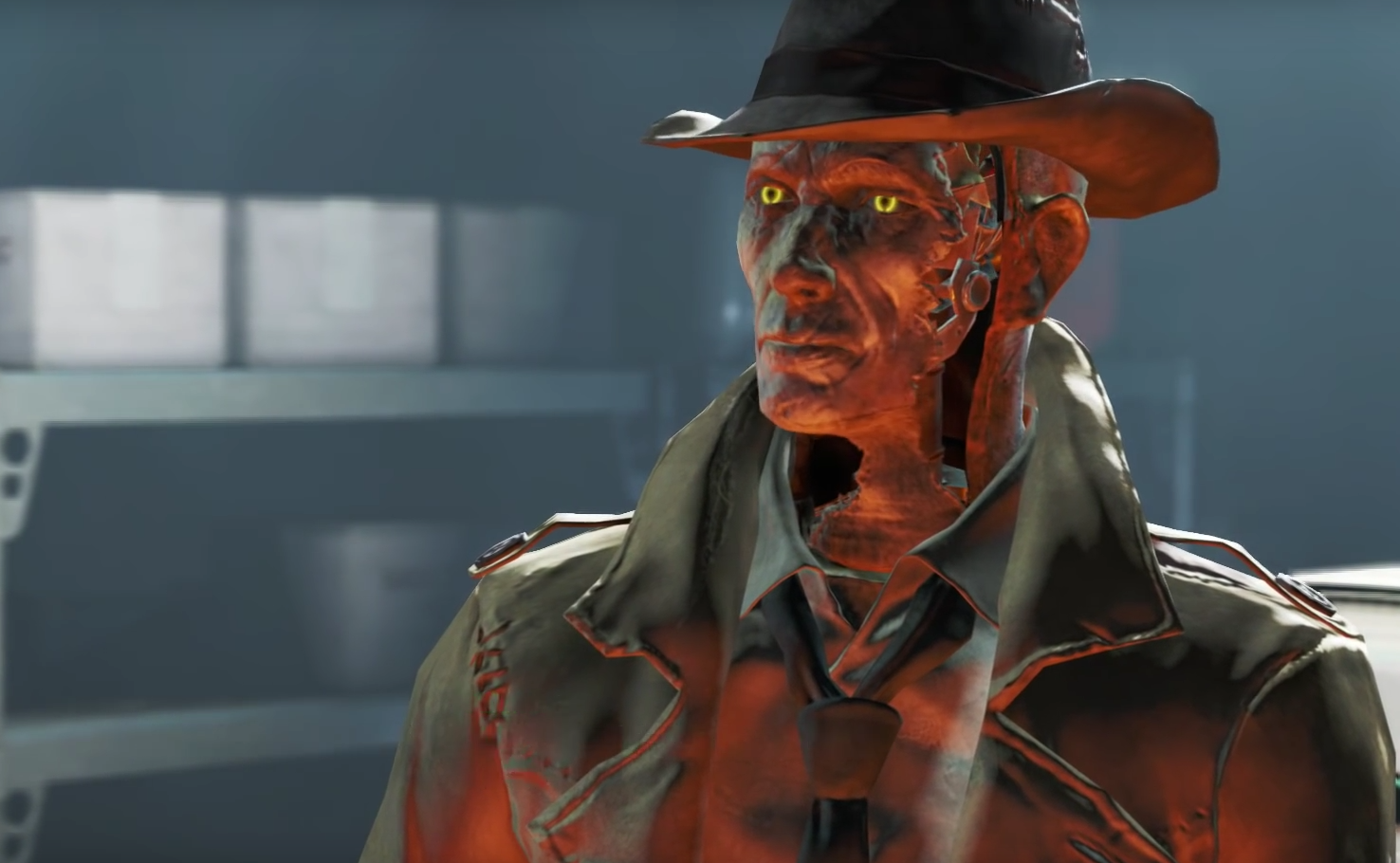What makes for good sci-fi? Do we check out the latest J. J. Abrams blockbuster because we like seeing places and situations that are far beyond what we experience today? Is it that we enjoy watching themes of what makes us human in such varied settings that they create new sub-genres? I mean, for some of us, we just want to look at massive starships and lasers. Whatever your reasoning, however, good sci-fi has to have consistency and be (at least partially) grounded in reality.
Sometimes this goes by the wayside in favor of a more outlandish experience for the player or viewer such as exploring what it means to be human in the classic Blade Runner or the (significantly) more recent Nier: Automata. Both of these properties focus on looking at where the barrier lies between being a machine and being a human, an increasingly relevant topic with Sophia, the first robot to be granted citizenship.
Sometimes, this risk doesn’t pay off, and we get a balance of inconsistent sci-fi and awkward gameplay experiences like what we found in Watch_Dogs. Some of the most intrusive examples, however, come from games like those in the Fallout series, which have consistently engaging sci-fi that is occasionally broken up by a somewhat nonsensical explanation of some plot point or game mechanic. Sometimes, we can forgive these because they need to be there for the game to function as we expect, but they still may seem odd or, during the worst cases, completely break the immersion that the game worked so hard to establish.
24 Radiation Medication
In real life, radiation poisoning usually won’t do a whole lot other than make you feel sick and possibly lose your lunch. Most of the Fallout games handled this remarkably well. This created a surprisingly realistic hazard of radiation for the player to be aware of and avoid.
As a result, Fallout had to give players seemingly limitless access to chems named Rad-X and RadAway. Rad-X is the more realistic of the two, preventing your absorption of radiation. The game treats these like sunscreen and aloe when the real-life equivalent would be salt for Rad-X (which helps keep your thyroid from absorbing radiation) and for RadAway we’d have, well… nothing. Radiation isn’t like sunburn and it seems weird that the game would depict its dangers so realistically, but its treatment as vaguely as it handles recovering health.
23 The Cure-All
Similar to radiation, the Fallout games handle health with a level of realism that we don’t usually see in video games. Crippled limbs felt impactful and damaging to the player as they slowed your movements, impaired your accuracy, or even your vision. Fallout’s health potion equivalent is the stimpak, a syringe that can bring a person with four crippled limbs and a crippled head (depending on the entry in the series) to absolutely perfect health.
Like the previously discussed RadAway, while we understand its necessity from a gameplay perspective, the juxtaposition of such an in-depth obstacle and such a simple solution isn’t what this series needs. The system is one of the more accurate health systems in AAA titles, but it is barely an obstacle when the solution is always the cure-all that you have 45 of in your back pocket.
22 A Ghoul By Any Other Name
If we paint in the broadest strokes, ghouls are humans that were exposed to a heck of a lot of radiation, and that gave them a zombie-like appearance, radiation resistance, remarkably long, if not infinite lifespans, and (eventually) a somewhat permanent bad mood.
So, judging by this, ghouls aren’t a species in and of themselves so much as they are a massive group of people that had a remarkably similar reaction to an event that would be experienced uniquely for almost everyone. For the sake of argument, let’s say that every single person who became a ghoul was exposed to the same amount of radiation for the same duration with the same shielding. Even if this were the case, radiation isn’t exactly known to grant immortality or resistance to your next dose, but I suppose that having your town nuked might make you irritable.
21 The Case Of The Super Mutants
Fallout’s super mutants weren’t created by radiation, but instead the Forced Evolutionary Virus (or FEV). The FEV may be the broadest MacGuffin that I’ve seen in video games. The games imply that it works similarly to genome editing techniques that we are only recently becoming able to use practically. While this is interesting, the game’s story quickly begins to explain away nearly every enemy that you’ve been fighting by merely saying that that enemy is another subject of testing with the virus.
While the sheer number of things in the game associated with the FEV seems lazy, the issue comes from the lack of consistency with what it even does. Yes, it rewrites DNA, but what is the result? Does it make giant, hulking behemoths? Sometimes. Does it create a contorted mass of flesh that plots on replacing humanity? On occasion.
20 Weak Nukes Are Weak
Why did America and the USSR try so hard to keep the Cold War so cold? The scenery in the Fallout games would have you believe that it’s because we don’t want a few holes in the roof. For a device that people thought would bring about the end of humanity, nukes in Fallout aren’t exactly the most threatening.
I remember playing Fallout 3 and being excited to see how the game portrayed the Capital Wasteland, only to find that the damage to America’s capital city could be summarized as “there’s a crater where there the White House was, but the other buildings seem pretty much intact.” Now, I’m not saying that that’s nothing. But real-world nukes created mushroom clouds the size of mountains. In comparison, Fallout’s nukes seem like water balloons.
19 Building A City Around A Nuke
Now, while I may have just said that the bombs in the universe of the Fallout franchise are remarkably weak, that’s no reason to build a city around one! That’s exactly what the citizens of Fallout 3’s Megaton thought was a good idea. The town surrounds an unexploded nuke and the crater that the plane carrying it left when it crashed.
You may be saying to yourself, “Well, what if they don’t know what it is or that it’s still active?” While that would make more sense, they know it is active. In fact, the residents can even give you a quest to disarm it. This may have been the first smart thing they’ve done since moving in. But they probably shouldn’t have given the task to someone who is just as likely to detonate it for a few extra caps!
18 The Courier's Thick Skull
The very first thing that you see in Fallout: New Vegas is Matthew Perry’s character burying you in the desert. Thematically, a fantastic introduction to the wasteland. But the very next scene has a doctor saying that he went out, dug you up, and patched the hole in your head. It seems a bit incongruous in a series without the aid of magical resurrection or immortal couriers.
This scene makes no sense being at the beginning of the game unless the developers just wanted to show how easy it is to make an overpowered tank build. I find this unlikely. The scene lacks the finality that one would expect from getting a wound to the head and introduces the player to the world with one of the worst transitions in the series.
17 End The Humans To Save The Humans
Fallout 2’s story shows us an attack on a vault by The Enclave. In and of itself, paramilitary factions showing force wouldn’t be outlandish, but the entire goal of The Enclave was to remove mutants and repopulate the world with pure humans. While the term “pure human” is a bit off-putting, vault dwellers are undoubtedly untainted by the world outside, so it seems weird that they would open the game with such a counterintuitive show of force.
This is just the beginning of a rather long list of inconsistencies with The Enclave (and their relationships with mutants) that would continue the entire time that they were relevant to the series. It seems that it would be ideal for The Enclave to recruit from vaults and keep tensions with them low so they could continue to be a consistent source of new members.
16 James's Tragic End
If you are okay with hearing about the end of a game that is months away from being a decade old, read on! Otherwise, you may want to skip ahead a point or two. With that warning out of the way, let’s talk about James, the father of the player character dies at the end of the game. However, his final scene is as avoidable as it is ridiculous.
While the Enclave is trying to take the water purifier around which the game’s story revolves, James causes a loosely-defined overload in the system that floods the room with radiation. While this makes for a climactic scene, it doesn’t explain why he didn’t just give control to the individuals that would have operated the purifier similarly to how he would have and left both it and himself intact.
15 Project Purity's Not-So-Pure Capabilities
If you skipped past the previous one, you might want to jump past this one as well. Project Purity is a water purifier, which is something that the wasteland desperately needs. Having access to such a device was an attractive concept to many people, including The Enclave. As discussed in the previous point, James prevented this by flooding the room with radiation, but why did a water purifier have this as a possibility at all?
An NPC says that he caused an overload, which implies that this wasn’t an intentional part of the design. If this was the case, then why was James able to so quickly flood the room with lethal levels of radiation. You would think that the entire purpose of the facility would be to keep contaminants away from the water, which was just behind a thin layer of glass.
14 200 Years Later... No New Roads?
The games in the franchise take place over the course of a few decades (well, except that one pre-war segment of Fallout 4), but are around 200 years after the mass nuking of America.
It’s been a remarkable time! In the past 200 years, humans have done… not much. While I understand that the human race may have difficulty bouncing back from the downfall society, I would imagine that they would do a little more than throw on motorcycle gear and create crude hierarchies in small, disjointed factions. They haven’t reclaimed the technology to build large buildings or really even roads.
For comparison, in the past 200 years, we’ve gone from barely having steam engines to being able to rewrite the DNA of living organisms. It fits the aesthetic of the game, but not the timeline of the games to leave the world in shambles after such a long period.
13 Kellogg Wants You Gone... For Some Reason
Just as a quick heads-up, this point will have some minor spoilers for Fallout 4. The game starts with the character’s child being stolen and their spouse shot through the chest. This establishes the tone rather harshly, but efficiently, and leads the player down a path of tracking him from lead to lead for the majority of the beginning of the main quest. About halfway through the main quest of the game, the player will finally come face to face with the man that stole their son, Kellogg.
You find out that Kellogg works with your son, but their relationship is strained, at best. The game uses this as the explanation for Kellogg to attack the person who has been mowing down legions of enemies all across Boston to find him. Is it just a theme that people are idiots in the wasteland?
12 The Cult Left In The Dark
In the last DLC for Fallout 4, Nuka-World, the player can explore a dilapidated amusement park based on a soft drink and filled to the brim with raiders. While similar in name to Disney’s parks, it is more akin to Fallout’s rendition of Hersheypark. It’s no secret to anyone there that this place used to be an amusement park.
Well, anyone except the cult you’ll run into called Hubologists. This is their first appearance in a Fallout game since Bethesda took over. While their themes are most the same as their earlier appearance, I can’t say that I remember them being this stupid. Their entire questline revolves around them thinking that a ride in the park is a real UFO. It ends up coming off as remarkably weird that a cult living there wouldn’t know that it is an amusement park.
11 Power Armor: Who Is It For?
Throughout the series, power armor is an inconsistent mess. Now, I don’t particularly like power armor. Anything that lets you beat a deathclaw with your bare fists kinda takes me out of the experience. However, I appreciated the fact that it was a late-game item that required training from NPCs to even use.
Fallout 4 ditches this entire concept and gives you a suit within 10 minutes of leaving the vault. It's just as ridiculous and unrewarding as if Quentin Tarantino had shown us what was inside the briefcase. Or if Stanley Kubrick explained the monolith. The appeal is in the build-up. This has grander implications for the characters in this world. Is the Sole Survivor just so great? Is everyone else (including older player characters) just inadequate? Why should we value power armor when anyone can just walk into the woods, find a frame, and take it?
10 You Want To Live... Where?
In some earlier Fallout games, people live in downed aircrafts and giant novelty dinosaurs. But for the most part, people live in already existing, durable structures. Fallout 4’s settlement system seems to forget that people prefer to live in a building or at least a structure of some kind. Early settlements like Red Rocket and Sanctuary Hills lead in with the idea that people like houses. But it isn’t long until you run into places like Hangman’s Alley. This settlement takes place between the buildings of the Boston landscape. I must have missed the group decision of all of my settlers to refuse to live in a building that was already there. It might be easier to sleep with the pride that you built your home with your own two hands. But does that feeling stick around when you're sitting under your metal roof in a thunderstorm?
9 The VATS Problem
I don’t even know where I should begin with VATS. VATS or the Vault-Tec Assisted Targeting System is your character’s seemingly unique ability to slow or stop time before analyzing the odds of hitting each part of the target’s body, queue shots, and unleash them when time resumes.
Almost no in-game lore exists for the system. In fact, one of the only references in the series is a terminal in Fallout 4’s Institute that hints that this is an ability that newer synths have. While VATS feels remarkably out of place, this does have some pretty interesting implications for the player characters of the series. Fallout 4 was no stranger to implying that the Sole Survivor was a synth, but this would reference earlier protagonists like the Lone Wanderer and the Courier.
8 Ghouls Don't Age, Except When They Do
As I stated before, the lore surrounding ghouls is less than consistent at times, but it was understood that children that had become ghouls would grow up into an adult before their aging process was stopped forever, if not a few hundred years. This is ignored for a quest in Fallout 4 where the player finds a ghoul child in a fridge.
Billy Peabody has allegedly been in the fridge for the past 200 years with no food or water, save for what was in the fridge, I suppose. No matter how much food was in the fridge, I doubt that it would be enough to last 200 years. In exchange for a charming quest that asks us to sell a kid into slavery or reunite him with his family, we were asked to give up some of the only consistent ghoul lore that existed: they eat, drink, and age.
7 So Extraterrestrial
Aliens are a bit of a weird topic in the series. The concepts surrounding them is odd. We know that they are called Zetans, and we know that they have been abducting and testing on humans for centuries. What doesn’t make sense is that countless pieces of in-game media that refer to them by name and with remarkably accurate depictions in the form of comic books, cults, and even video games.
The fact that it looks like pre-war civilization had at least a cursory knowledge of them could be spun into an interesting story about their involvement on Earth. The ones we see might be hallucinations based on pop culture depictions. Unfortunately, it just seems like Bethesda didn’t want to make new alien designs for the ones that are real in-universe and the ones that aren’t. It comes across as lazy, rather than intriguing.
6 Nick's Mind Of A Bad Guy And A Cop
After the player defeats Kellogg, they recover parts of the cybernetic implants that were in his brain to get their new lead to finding Shawn, but the only one that can interface with the implants is Nick. After a visually exciting quest where you explore Kellogg’s memories in Nick’s head, you can progress with the story with seemingly no consequence.
Much to my surprise, a dialogue can trigger where Nick begins to threaten you with Kellogg’s voice, telling you that he isn’t as gone as we thought, but it seems that we can’t remove the implants from Nick after they’ve been integrated. I thought this was a really interesting story hook that could create a memorable quest line and I was excited to see where it went! Unfortunately, there is no quest, just the dialogue.
5 Synth Shawn
Shawn’s relationship to the player isn’t exactly the clearest. He tells you that he is your son, but does little to reinforce this idea, just assuming that you’ll believe him. The game does remarkably little about why he “hoped the wasteland wouldn’t corrupt you,” instead of just bringing you to the Institute and treats your reunion like an experiment. Everything Shawn tells you may or may not be true, but the strangest thing he does is create a synth child of himself for seemingly no reason other than to make you talk to him before he freaks out and has to shut down.
This decision is explained as him wanting to give you another chance at raising a child, but after only having seen synths that were so explicitly designed used to infiltrate communities, this makes his motives an inconsistent and unconvincing bit of writing.

